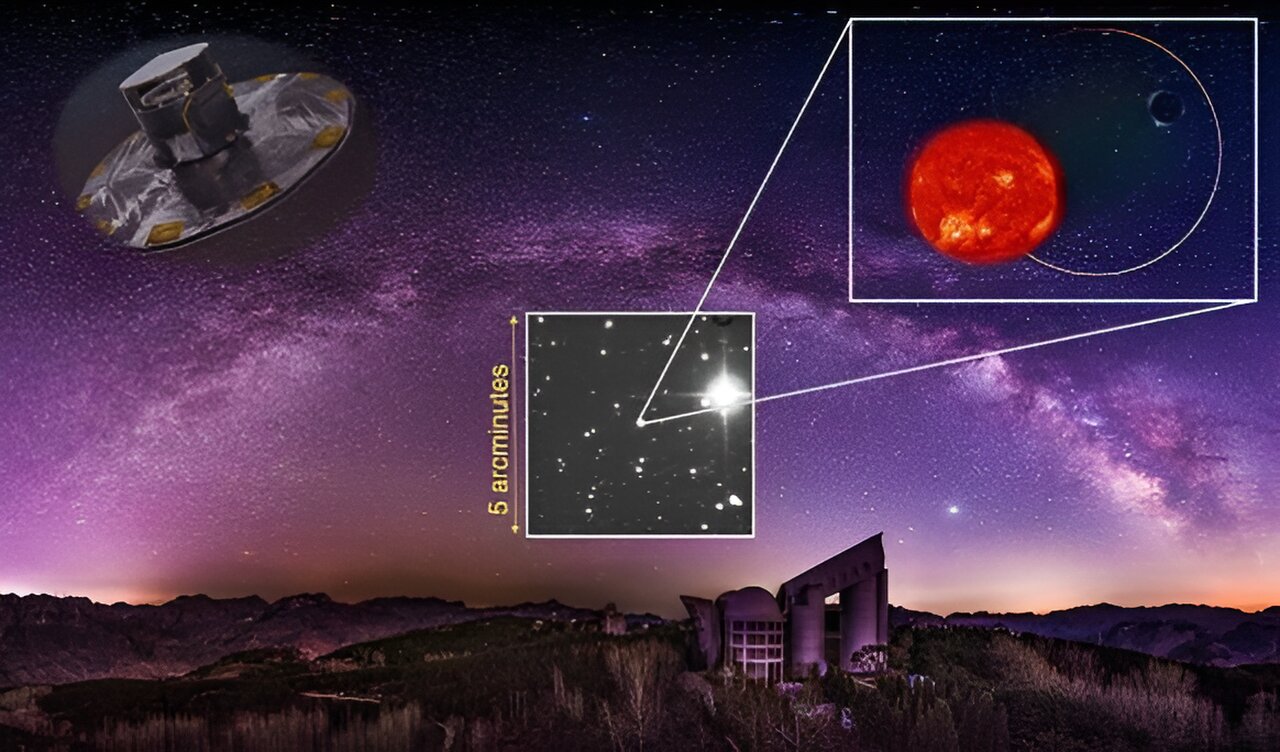Astronomers report that they have found a black hole 2.7 times heavier than the Sun in the binary system. This is a very interesting result considering that scientists have not yet seen a similar object with a mass of less than 5 solar masses, and there is even speculation that they don’t actually exist.

Low-mass black hole
Scientists from the Chinese Academy of Sciences published a paper in the journal Nature Astronomy on September 10, in which they reported the discovery of a low-mass black hole in a binary system. This event can be called long-awaited, although on the other hand, it challenges some scientific theories.
It’s all about the statistics of black holes of intermediate mass, which scientists have discovered during the last decades. During this time they have been found a lot: up to two dozen. But they were all in the range of 5 to 25 solar masses. And this is very strange, because the theory suggests that objects 3-5 times heavier than the Sun should also exist.
However, so far they have not been detected, and this has led scientists to hypothesize that there is some mechanism that prevents their formation during the supernova explosion. For example, some of the ejected mass of the star falls back onto the newborn black hole and causes it to grow.
There is also an assumption that in explosions generating low-mass black holes, the connection between the components of the binary system is destroyed, and the black hole is ejected into space. And there’s no influx of matter to support its existence. So we’re simply not capable of seeing such objects.
New black hole
And now there’s a new study by Chinese astronomers. They became interested in the G3425 system and investigated it using the ground-based Large Sky Area Multi-Object Fiber Spectroscopic Telescope (LAMOST) and data from the Gaia satellite.
They helped to realize that the system consists of two objects. However, we only see a star with a mass of 2.7 solar masses. There’s no sign of any other radiation source in the system. But some kind of heavy body is present. And it can only be a black hole. Its mass is estimated at 3.6 solar masses, which means that it falls exactly in the gap in which these objects have not been detected so far.
The news is sensational on its own. But the orbit in which the star and the black hole circle together is more interesting. It is quite wide and one orbit lasts 880 days. At the same time, it is almost circular. Modern theories of supernova explosion simply cannot explain how such a configuration could form afterward. So we can say with full credit that the discovery challenges them.
According to phys.org


